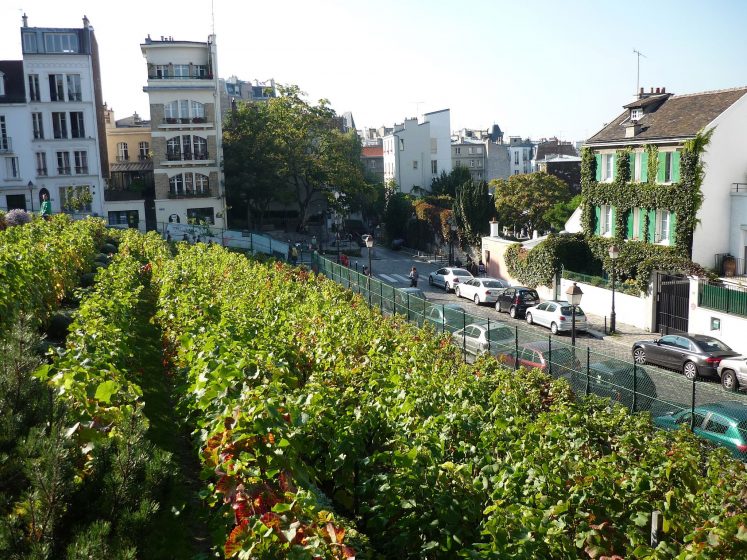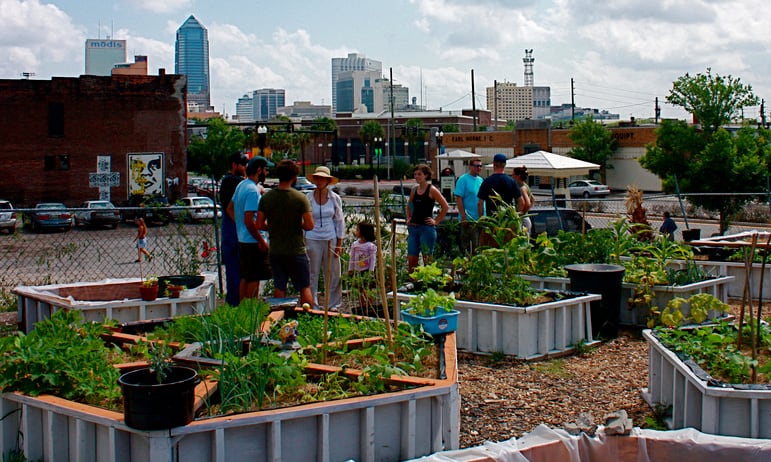The Greatest Guide To City Blooming
The Greatest Guide To City Blooming
Blog Article
City Blooming - The Facts
Table of ContentsSome Known Facts About City Blooming.Some Known Facts About City Blooming.The City Blooming DiariesRumored Buzz on City BloomingThe Greatest Guide To City Blooming
Interested in expanding food available in the City of Chicago? Thinking of starting an area yard? Modifications to the Chicago Zoning Ordinance allow farming usages like neighborhood yards and urban farms in many components of the city. Below is a checklist of frequently asked concerns regarding the regulations and regulations that cultivators should think about when planning a metropolitan agriculture job.
The zoning modification does not customize any type of other codes dealing with composting, structure authorizations, acquiring or renting City owned home, service licenses or ecological contamination. There are existing codes that regulate these concerns and they stay in complete effect and might be appropriate to your project. Area yards are typically had or taken care of by public entities, civic organizations or community-based organizations and kept by volunteers.
Urban farms expand food that is intended to be marketed, either on a not-for-profit or for-profit basis. Due to their business objective, urban farms require an organization certificate.
3 Simple Techniques For City Blooming
Composting is enabled yet just for plant material that is generated and made use of on website. The quantity of garden compost product can not surpass 25 cubic yards at any type of given time according to the standards in 7-28-715 of the City's Municipal Code. Yes. Since the dirt at the majority of new garden sites needs modifying, compost, soil, wood chips, or various other materials can be gotten to create or improve the growing space - landscaping.

If a structure permit is needed after that the hoophouse will certainly be thought about an accessory structure. You can locate out even more about the building license requirements by calling the Department of Buildings. The 25,000-square-foot size limitation is meant to prevent a single community garden from controling an offered block or interfering with the block's existing property or business character.
The restriction does not put on yards found in Public Open Area (POS) areas. Can there be greater than one neighborhood garden that is 25,000 square feet on a single block? Yes. The dimension limit relates to individual gardens, not to private blocks. No. Secure fencing is not called for, nevertheless, yards that have huge parking lot might be needed to install fencing or various other landscape design attributes.
Little Known Facts About City Blooming.
B1 & B2 districts call for that all industrial use activities be performed inside. Is fence required for metropolitan farms? Fencings may be called for, their website along with landscape design and testing, for specific car park areas and outdoor job or storage space locations depending on location and the specific task taking place.
Yes. Urban farms call for building permits and zoning approvals before building and construction. Other forms of city testimonial may be needed depending upon details frameworks, activities, size, landscaping, licensing, public health and stormwater monitoring concerns. Most of these requirements are identified in the project design or allowing procedure, nonetheless, the candidate may be accountable to separately identify particular licenses or allows that may be required.
Yes. The type of license is determined by what is happening at the site. The Department of Company Affairs and Customer Protection can assist establish the details sort of company license that's required. Yes. Off street car park is needed for many business projects in Chicago. The needed number of garage is based upon the variety of workers servicing site and not the square video of the expanding space.
City Blooming Fundamentals Explained

A metropolitan ranch can sell garden compost product generated on website, nevertheless, the operation needs to comply with the laws in 7-28-715 of the Chicago Municipal Code. Aquaponic systems are allowed indoors on urban ranches in lots of zoning areas.
As much as 5 hives or nests of honey might be kept as an accessory use. Beekeepers must sign up with the Illinois Division of Agriculture. For more details concerning the suggested zoning modification you may contact the Division of Real Estate and Economic Growth, Bureau of Planning and Zoning at 312.744.8563.
Farming in cities and metropolitan locations A city farm in Chicago. Urban agriculture describes numerous methods of growing. https://dzone.com/users/5164299/cityblooming.html, handling, and distributing food in urban areas. The term likewise relates to the area activities of animal husbandry, tank farming, beekeeping, and cultivation in a metropolitan context. Urban farming is distinguished from peri-urban farming, which happens in country areas at the edge of suburban areas.
The Buzz on City Blooming
, who look for to create social networks established on a shared values of nature and area holism. These networks can establish by way of formal institutional assistance, coming to be integrated into neighborhood town planning as a "change town" activity for sustainable city development.
In either case, the extra straight accessibility to fresh vegetable, fruit, and meat products that may be become aware via city agriculture can boost food protection and food security while lowering food miles, bring about lower greenhouse gas exhausts, thus contributing to climate adjustment mitigation. Some of the initial evidence of urban agriculture originates from Mesopotamia.
Report this page